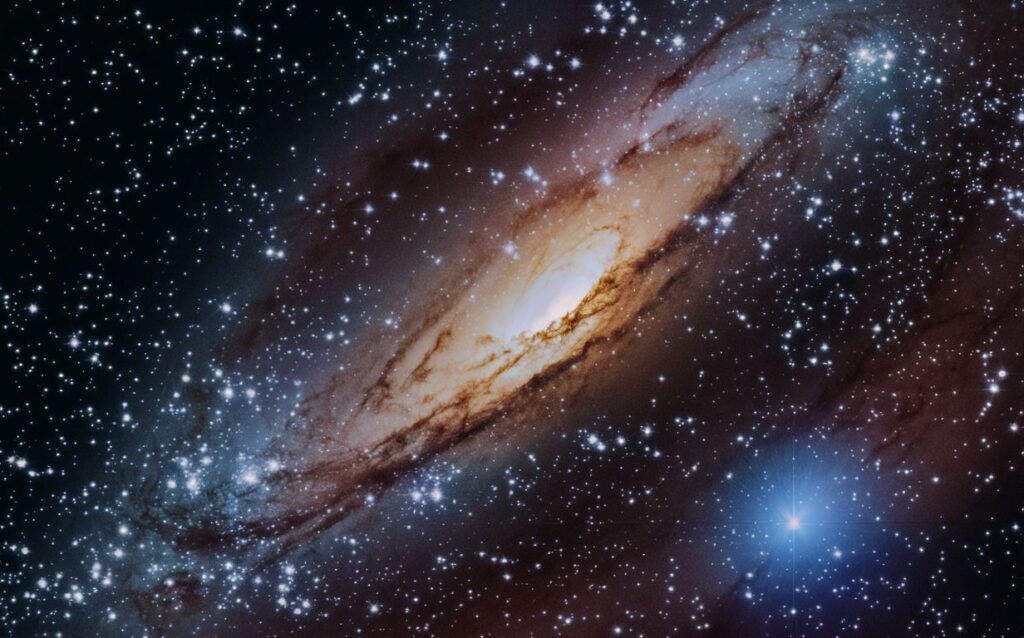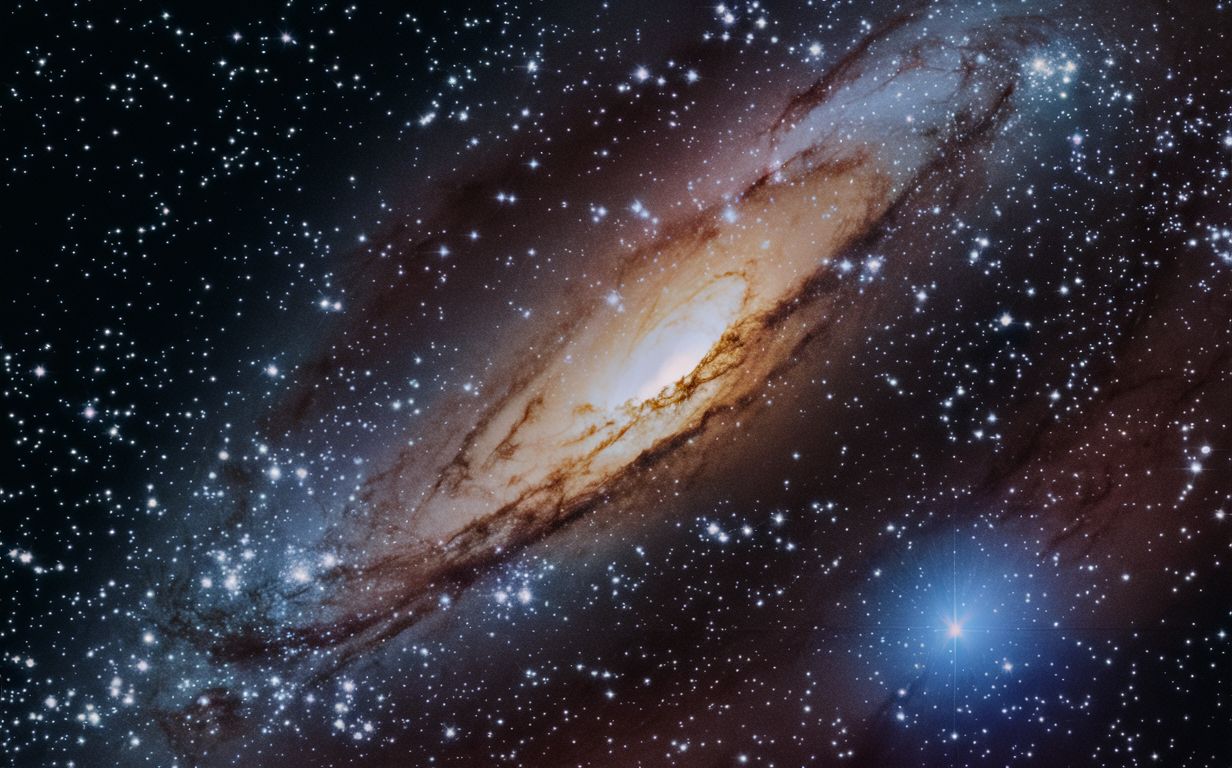
Astronomy is an observational science that studies heavenly bodies and natural phenomena around them. It makes use of astronomy, physics, mathematics, and astronomy to describe their physical origin and motion. Most objects of interest are comets, stars, planets, moons, stars, and comets (i.e., cometary nebula).
Astronomy also involves the study of celestial objects and their relationships to the other heavenly bodies. Astronomy is the study of celestial objects in the universe through telescopes used to detect and analyze their motions, composition, etc. The discovery of planets in our solar system is the most commonly advertised phenomenon of astronomy. Astronomy has been spectacular in predicting the structure of the solar system, which is essential for our solar system theory.
Astronomy and Astrophysics refer to the areas of study of celestial bodies using telescopes. Astronomy and Astrophysics are intimately connected with each other; they are usually used together to create and study celestial objects. Astronomy mainly refers to the study of stars, planets, and minor galaxies. Astronomy is the application of the laws of astronomy to space-related issues.
Astronomy as a science is found to be the most common way of studying the universe. With the development of technology, many new telescopes have been launched to study outer space. Astrophysicists are trying to detect the presence of planets around other stars using telescopes. Astronomy is an observational science that makes use of the stars, sun, planets, and satellites to study the universe. Astronomy and Astrophysics have made great contributions to the modern world map and navigation.
Astronomy utilizes telescopes to observe and detect celestial bodies such as stars and planets. Astronomy thus makes use of numerous scientific instruments to obtain data. Astronomy utilizes numerous methods to study celestial objects such as determining planetary alignments, distance, composition, gravity, composition, temperature, and speed of heavenly bodies. Astronomy thus consists of numerous subdisciplines, each dedicated to a specific aspect of the physical universe.
Astronomy and Astrophysics together form a group of sciences that are vital for understanding the universe. Astronomy consists of the study of celestial bodies, the major parts of the solar system, planetary alignment, and planetary motions. Astronomy and Astrophysics together comprise the science of celestial navigation.
Astronomy makes use of a variety of tools to study stars, planets, and comets. Telescopes are used to study stars and other remote heavenly bodies. Radio telescopes also help us to study stars and other remote celestial bodies. The present-day state-of-the-art technology in the field of astronomy has enabled the discovery of the planets beyond our comprehension using telescopes.
Astronomy and Astrophysics go hand in hand. Astronomy mainly refers to the study of celestial objects with the help of telescopes. It takes into account the brightness and distribution of light, distance, composition, position, and speed of heavenly bodies and studies the relationship between such properties. Astrophysicists study celestial objects in distant solar systems and study their atmospheres, composition, and distance from the Sun. Astronomy and astrophysics together make great contributions to the modern understanding of the physical universe.

